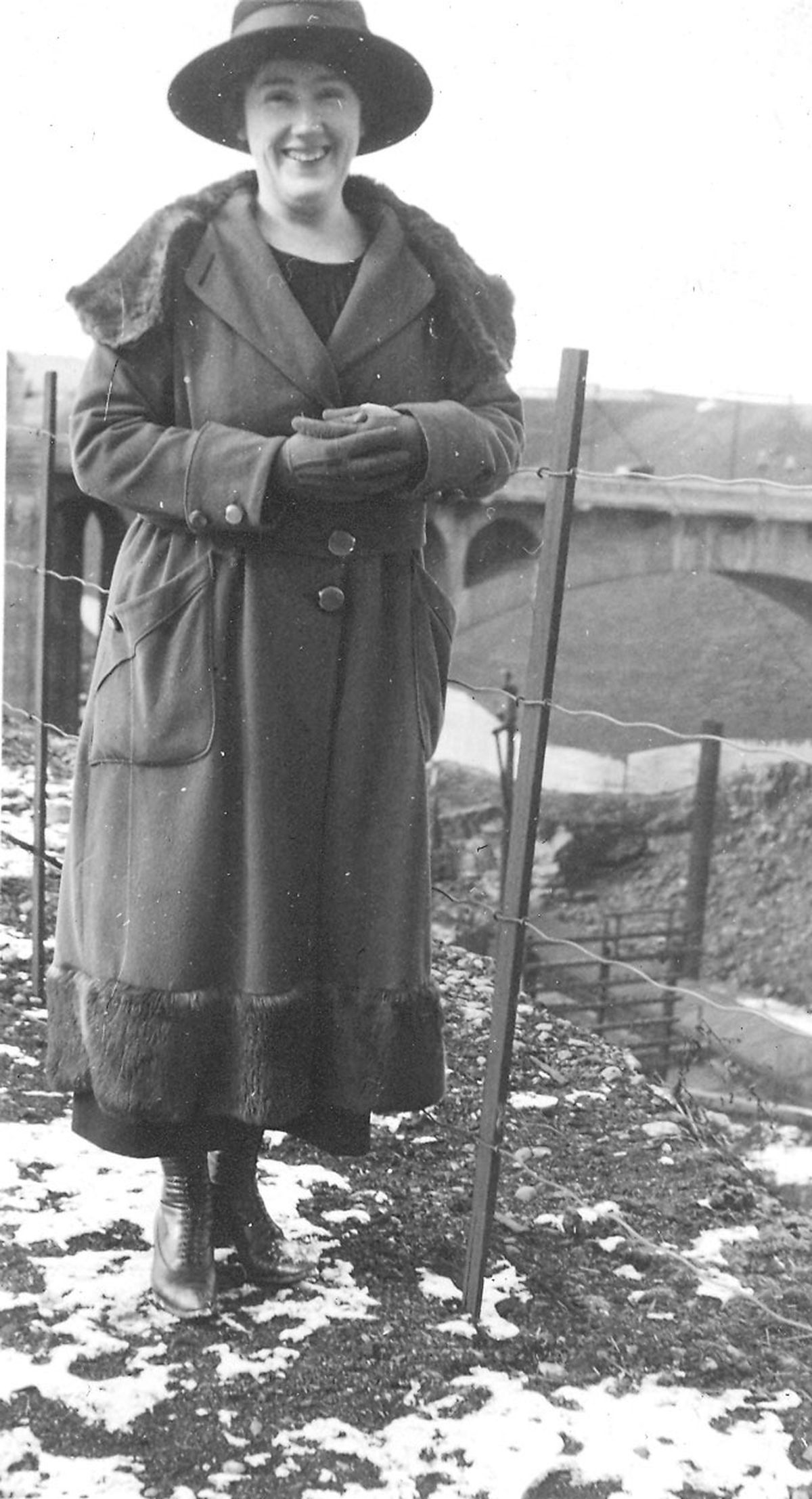Career women in King photos; painting surfaces

In our newsroom, we call it the Spokane Vortex. It occurs when someone from the Inland Northwest is involved with a national or international news event. Or someone is related to someone in Spokane in coincidences beyond explanation.
Recently, I discovered some Spokane Vortex in history.
On May 27, I wrote a story about Eva Hardin and Ada Schaefer, two Spokane women who showed great hospitality to servicemen during World War II, including to Royal Air Force serviceman Fred Carter, who spent nine days of his leave in the women’s home in October 1944. He wished, at 85, to say thank you to Spokane, and in the story he did.
Carter sent us photos of “Evada” – as everyone called the women – taken during the 1944 visit.
Hardin was well-known in Spokane because she was the first female federal court clerk in the city’s history when appointed in 1928. Schaefer worked, too, in banking. They were career women in an era when that was uncommon.
One recent Thursday, I was searching through boxes of photos and memorabilia that once belonged to the King family that thrived here at the beginning of the 20th century. Iowa King Cowan was like our family’s surrogate grandmother growing up, and through my dad, her attorney, I came into possession of the photos and other memorabilia that remaining family members didn’t want when Cowan died in 1977.
Some of the photos in the collection show Spokane and the region in early-to-middle 20th century, and through this Rewind feature, these photos are becoming part of the King Collection in The Spokesman-Review’s photo archives.
Anyway, I found a photo book, compiled by Cowan’s sister, Keo King LaVell, filled with snapshots of Inland Northwest people and places taken between 1914 and the mid-1930s.
As I was paging through the photo book, a name caught my eye: Eva Hardin. And in a snapshot on the same page, there was Ada Schaefer.
The photos were taken in 1921 and 1922, when the women were in their early 30s, much younger than they were when Carter stayed with them more than 20 years later.
The women are standing by the Spokane River. So the King sisters knew Evada? Wow. The Spokane Vortex.
But how? Hardin and Schaefer lived on Spokane’s South Hill. The King sisters were north-siders. Hardin and Schaefer worked outside the home. The King sisters were wives and helpmates to busy husbands.
Did the women meet at church? Through civic groups? Women’s clubs? Were they close friends or just acquaintances? The photo book doesn’t provide answers.
The day after discovering the Evada-King connection, a man named Ted Bidon emailed me. That very day, he had bought a landscape painted by Keo King LaVell in 1908. All four King sisters were artists, though they didn’t sell their paintings, and they often copied from well-known paintings or from scenes found in books and magazines.
Bidon, 45, is a potter and amateur antiquer who goes to garage sales looking for “old stuff that I believe is really nice,” he said.
He paid $20 for the beautifully framed painting of a horse-drawn carriage riding through a winter snowscape.
On the back of the frame, LaVell wrote that the painting was copied from a work by John Barker, likely John Joseph Barker, a 19th-century English painter who specialized in sweeping landscapes.
LaVell’s landscape was framed by the John W. Graham company, then Spokane’s prestigious paper, stationery and framing business.
Bidon’s research continues into the true value now of LaVell’s painting, an antique in excellent condition, but he’s confident he will sell it for at least $1,000.
How did LaVell’s painting from 1908 end up in a Hillyard garage sale?
No solid answers yet, but the Spokane Vortex, we discovered this week, sometimes does its own fascinating rewind.